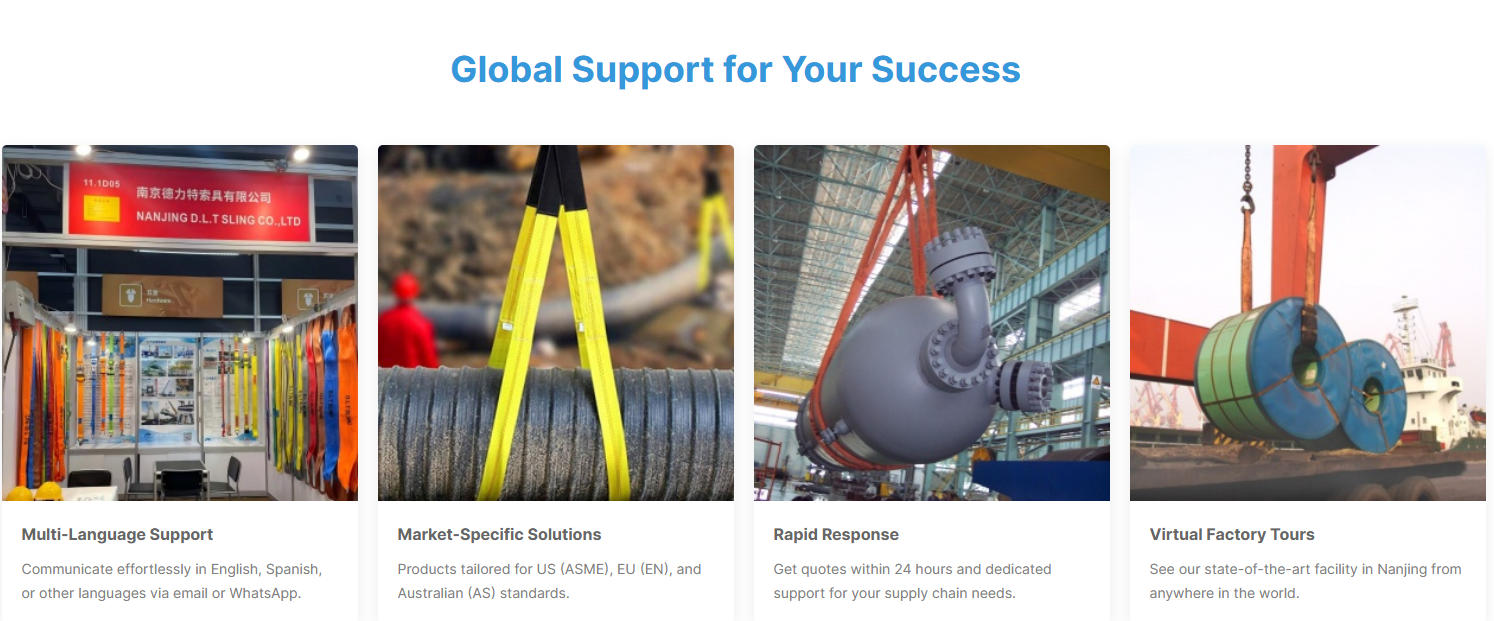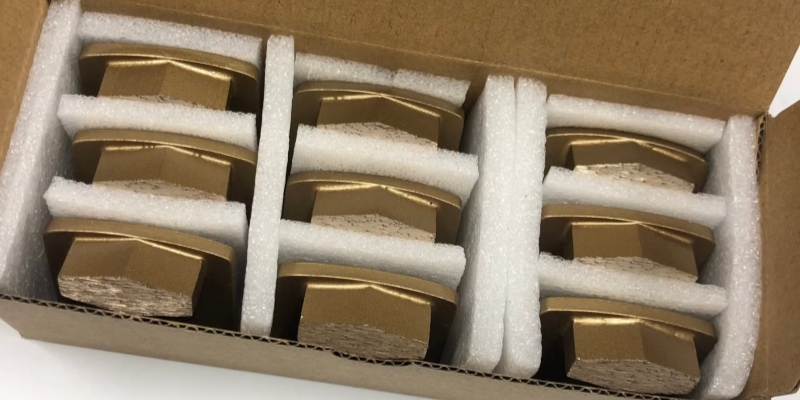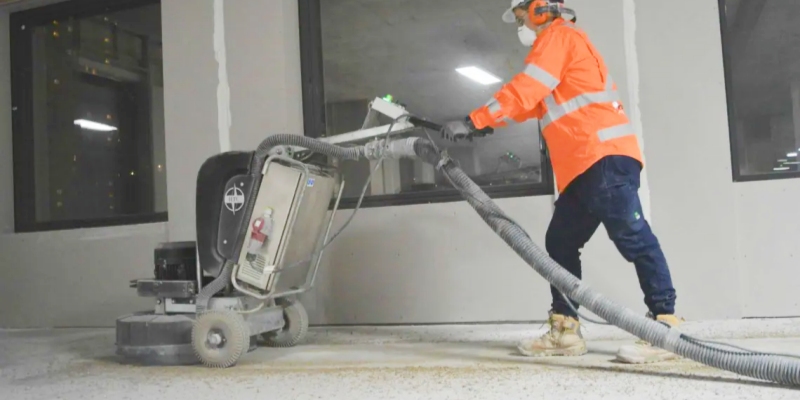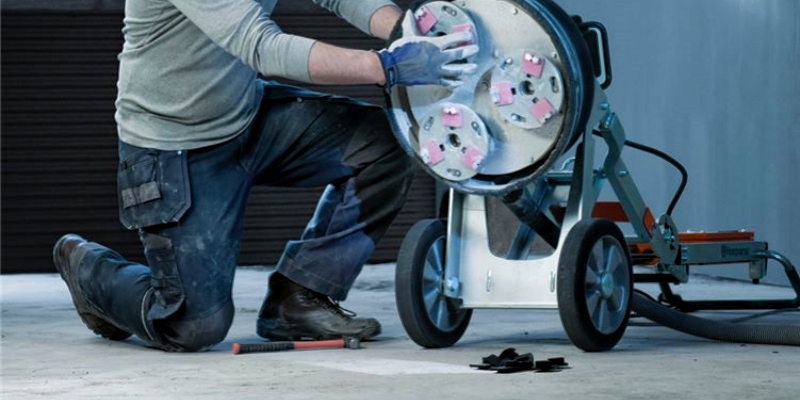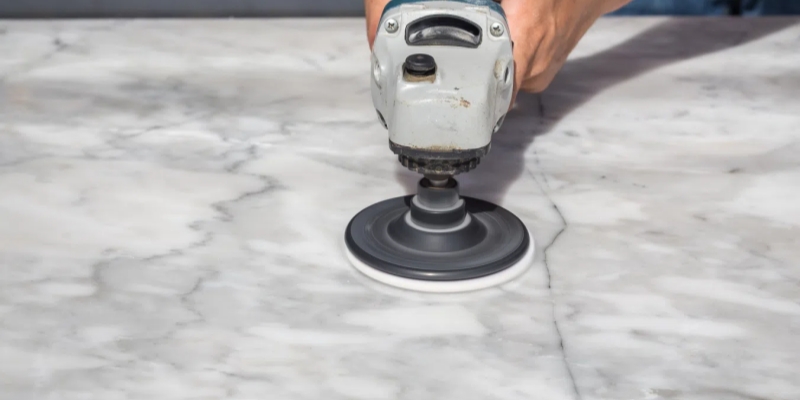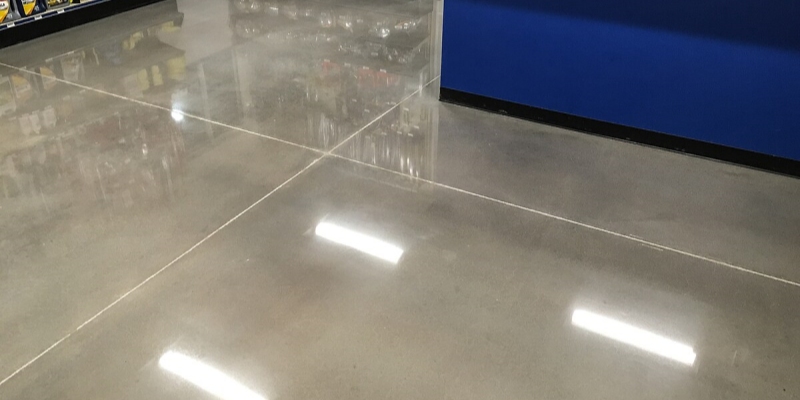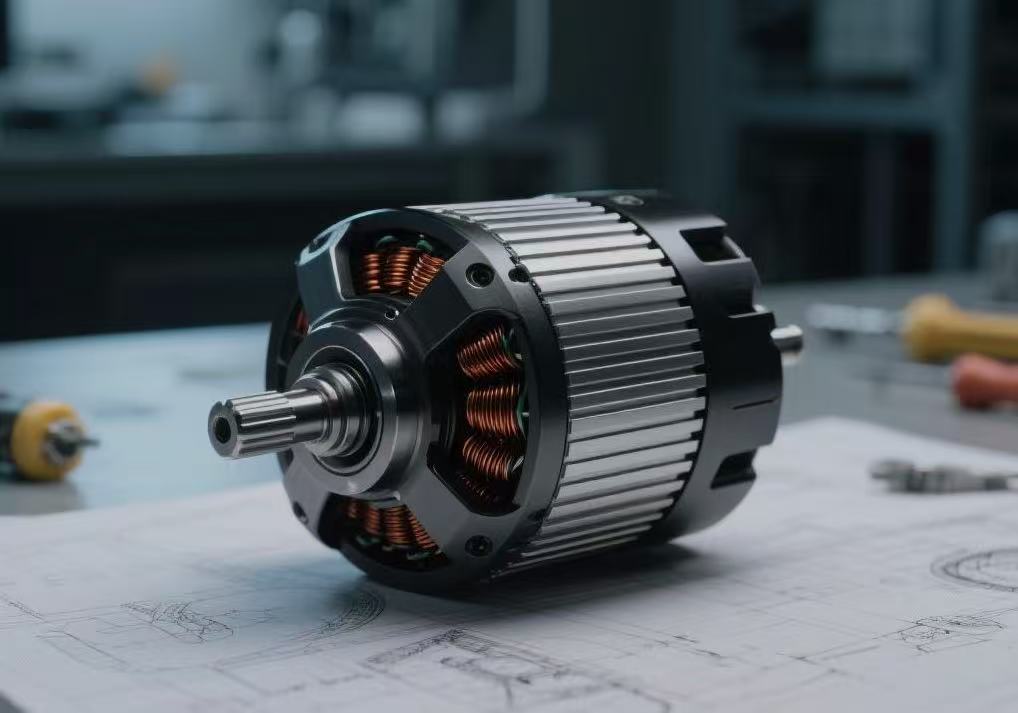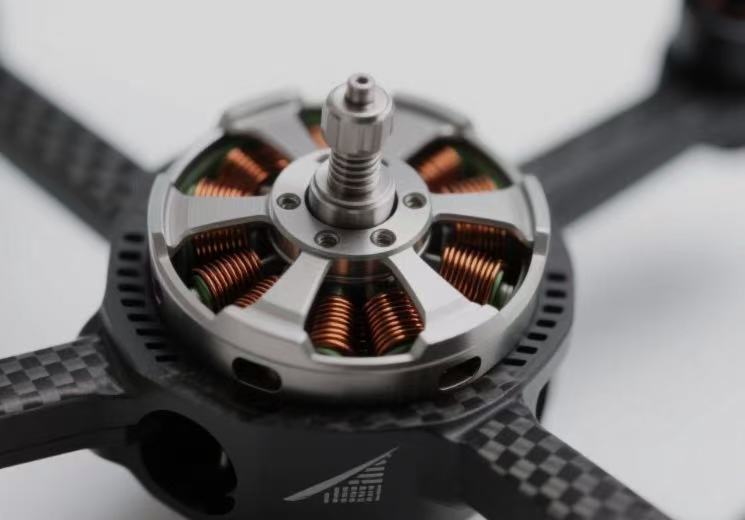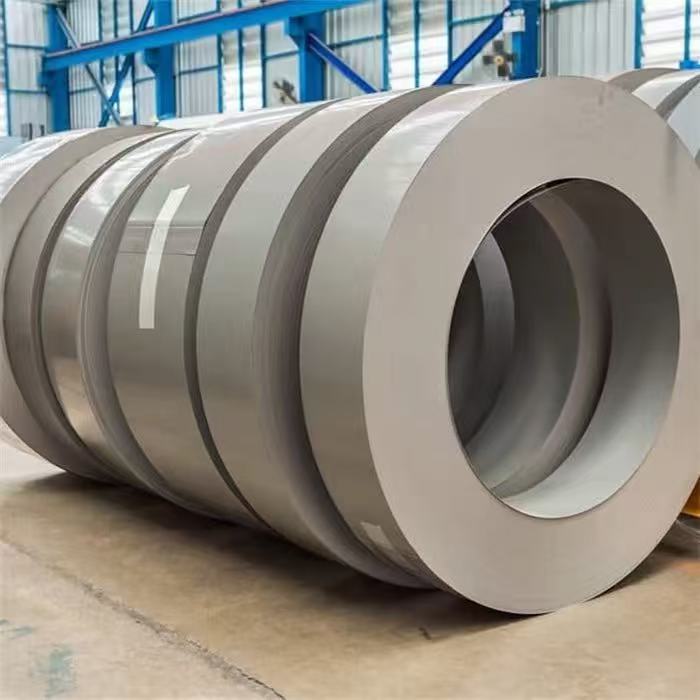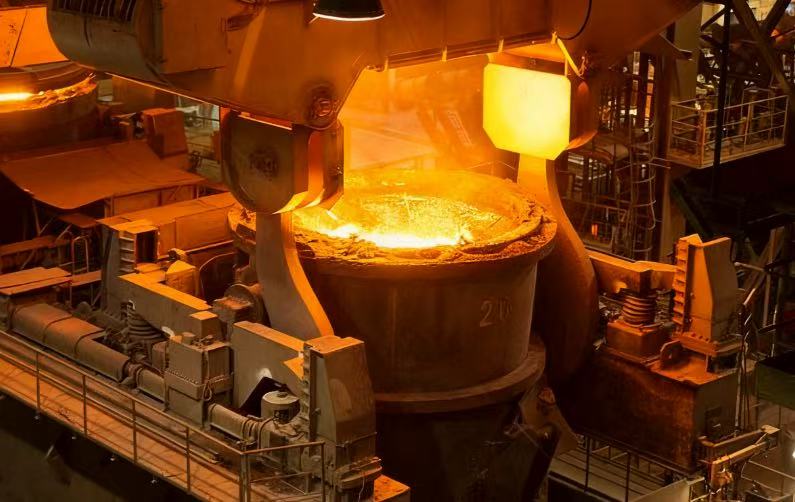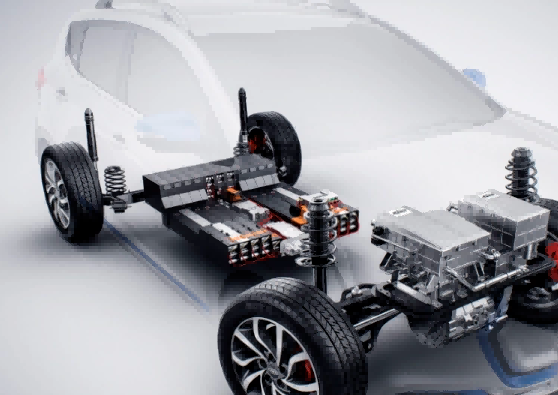How long should a webbing sling be in service?
Webbing slings are essential tools in lifting and rigging operations, designed to safely lift heavy loads in various industries. However, like any equipment, webbing slings have a finite lifespan and must be regularly inspected to ensure they remain safe for use. How long a webbing sling can be in service depends on several factors that impact its safety and performance.
The quality of the webbing material plays a significant role in determining the service life of a sling. High-quality materials such as nylon or polyester can withstand wear and tear better, lasting longer under normal usage conditions.
The frequency at which a webbing sling is used can impact its lifespan. Constant use and exposure to heavy loads can accelerate wear and reduce the sling's service life.
Exceeding the rated load capacity of a webbing sling can lead to premature wear and failure. It's essential to always use the sling within its specified capacity to ensure its longevity.
Harsh environmental factors such as extreme temperatures, UV exposure, chemicals, and moisture can degrade the material of the sling over time. Regularly inspecting the sling for signs of damage related to environmental exposure is crucial.
Proper storage and handling of webbing slings when not in use can contribute to their longevity. Avoiding sharp edges, kinks, and friction with abrasive surfaces during storage helps prevent unnecessary wear.
Determining When to Retire a Webbing Sling:
Regular inspections are essential for identifying signs of wear, damage, or degradation in a webbing sling. If any defects are found during inspections, the sling should be immediately taken out of service.
Following the manufacturer's guidelines on the expected service life of the webbing sling is crucial. Manufacturers often provide recommendations on when to retire a sling based on usage, material, and other factors.
Signs of visible wear, fraying, cuts, abrasions, or stitching damage are indications that a webbing sling may need to be replaced. Any compromise in the integrity of the sling can pose a safety risk.
The service life of a webbing sling can vary depending on factors such as material quality, usage frequency, load capacity, environmental conditions, and proper storage. Regular inspections and adherence to safety guidelines are paramount in determining how long a webbing sling should remain in service. By prioritizing safety and maintenance, users can ensure the continued effectiveness and reliability of their webbing slings in lifting and rigging applications.


